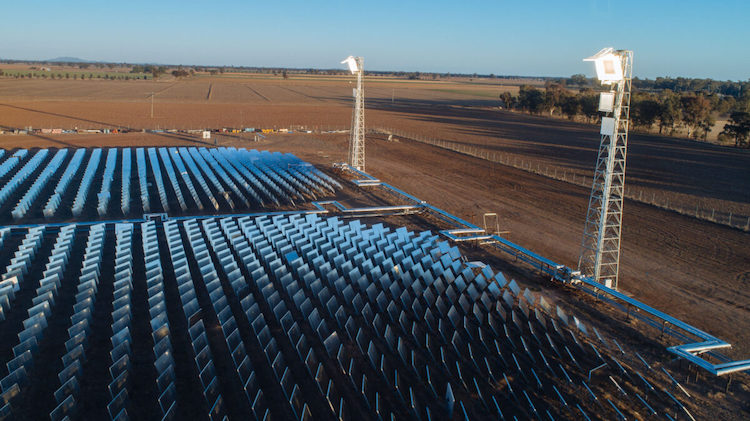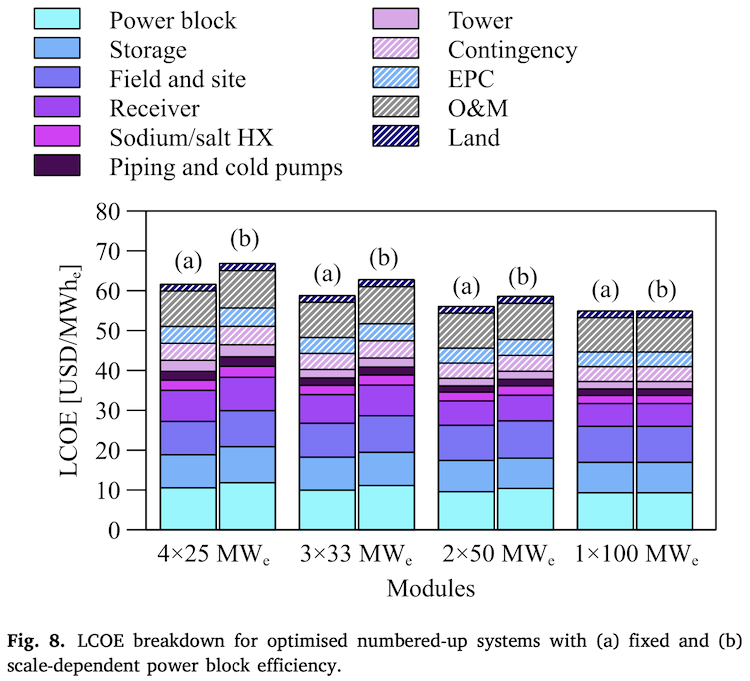SolarPACES 2022: Proceedings are being published Dear participants of the SolarPACES 2022 conference, We are delighted to announce the release of the SolarPACES 2022 conference proceedings on the TIB platform. Please be aware that the papers are being published sequentially. If you do not see your paper yet, we encourage you to regularly check the …
Continue reading “SolarPACES 2022 Conference Proceedings published Open Access”











